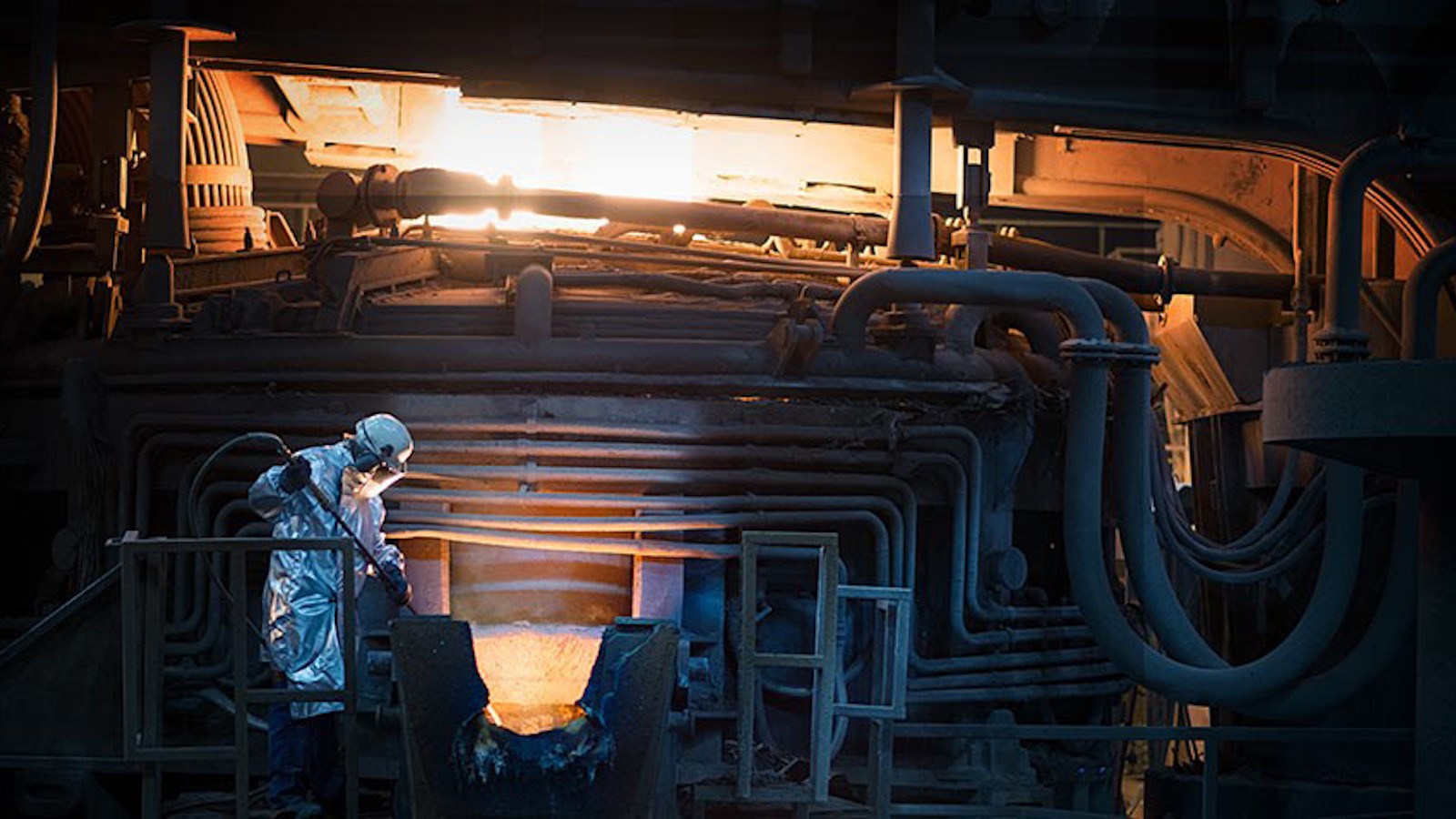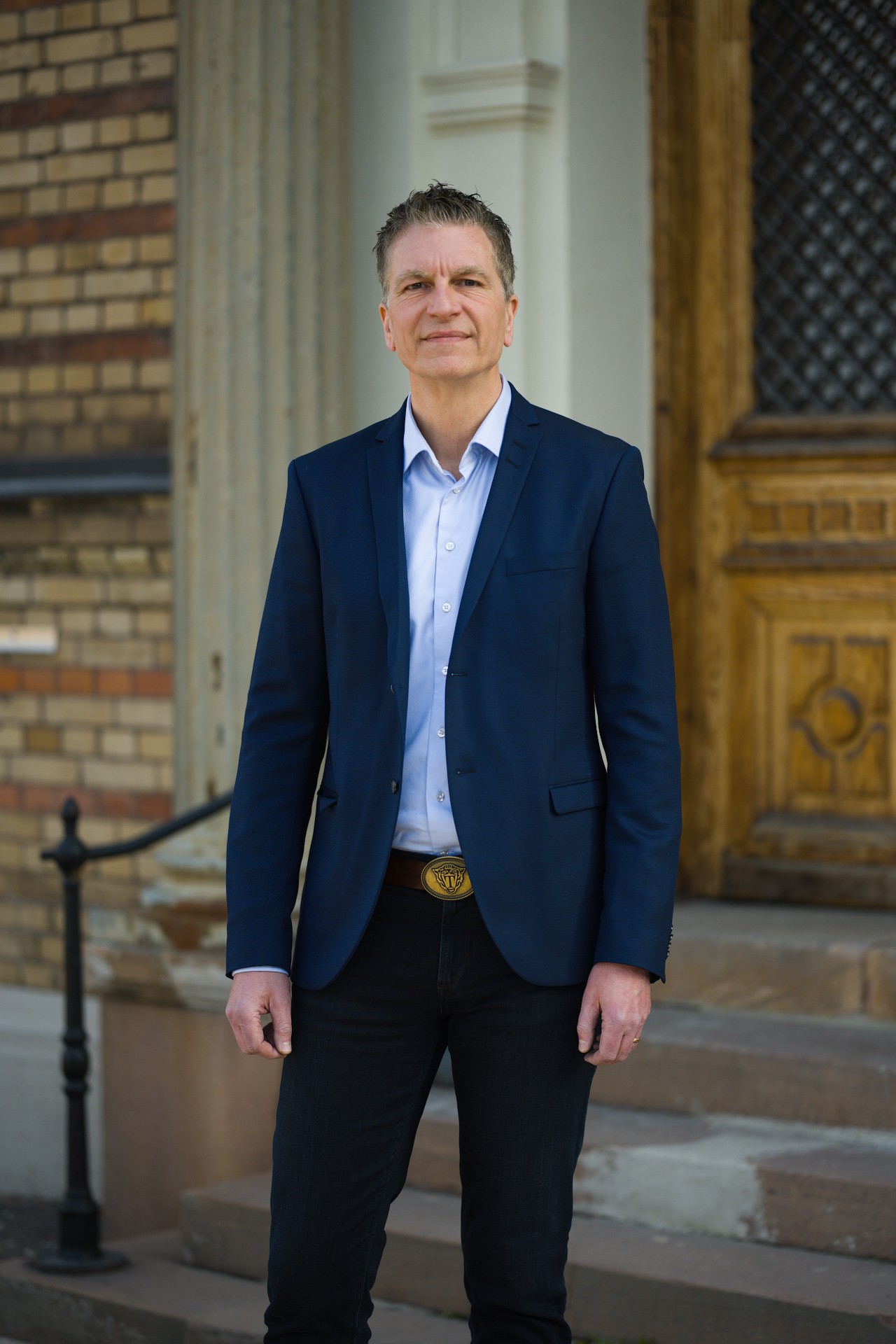All over the world, our products and solutions help customers reduce their environmental impact. With a high focus on sustainability, we are continuing our efforts to become an even more sustainable player in the market. How to positively contribute to reducing climate change and carbon dioxide emissions is at the top of the agenda.
As Head of Sustainability and Governance at Alleima, Håkan Sundström is responsible for Alleima sustainability efforts, setting clear plans, and overseeing that sustainability goals are reached.
Climate and circularity are essential
Climate and circularity are an essential part of the business and sustainability is strongly integrated into our operations. The main impact on decreasing CO2 emissions is done through the advanced products and solutions offered. The materials are lightweight, durable, corrosion-resistant, and able to withstand extremely high temperatures and pressures, thereby increasing energy efficiency and thereby decreasing the CO2 footprint of customers.
“We aim to be the most carbon-effective company in the industry. An important goal is also for our products and solutions to help our customers reduce their climate impact,” explains Sundström.
The advanced materials we manufacture help customers reduce their carbon footprint.
Trading recycled steel in the scrap market
There are two different methods for making steel. One method is by melting iron ore in a blast furnace, a method that emits "large amounts of carbon dioxide." The second method is recycled steel-based manufacturing. This is the method Alleima uses.
82% is the share of recycled steel Alleima uses in the Sandviken primary steel mill today. This percentage has increased in recent years, and the company is actively working on further increasing the proportion of recycled steel in its products.
"82% is a fantastic number that we follow monthly," says Håkan Sundström.
Recycled steel-based since the 20th century
Alleima stainless steel production has been based on recycled steel for over 100 years. In addition, the melting is done in a furnace powered by 100% fossil-free electricity.
“From a sustainability perspective this is very strong”, explains Sundström, “and the best thing is that the material we manufacture in turn helps customers reduce their carbon footprint."
Quality- and materials-wise, the recycled steel that Alleima uses, should be as close as possible to that of the finished products. A large part of the recycled material comes from the own process, of Alleima where residues, such as ends that have been cut away, are re-melted. This means that there are no steel residues from the products themselves.
Started with a buyback program
“Steel is a fantastic material,” says Håkan Sundström, “as it is infinitely reusable. You can remelt steel as many times as you like, it doesn't change character."
In 2020, Alleima started a buyback program both as a service to customers and to further the efforts to increase the proportion of recycled materials. The bought-back products are products that Alleima has manufactured and that have been installed at the customer's premises for perhaps 20 years, and when the customer then chooses to change to new products, Alleima gets the opportunity to buy back the old products. This way it is possible to keep exact track of what composition the material has.
”This is very effective for us! When we know exactly what product it is, we can optimize when re-melting. We get stainless steel back, but we also help the customer get rid of old material. The customer, like us, wants to make the process as circular as possible,” says Sundström.
Efforts to reduce emissions from the steel mill in Sandviken
The steel mill and hot processing of materials in Sandviken represent the majority of the global CO2 footprint of Alleima. The heating furnaces run on Liquide Propane Gas (LPG) or natural gas, with a small included mix of biogas. Here there are opportunities to reduce carbon dioxide emissions by shifting to fuels with lower carbon impact such as biogas or fossil-free hydrogen, or fossil-free electricity.
“We are already looking at the possibilities of going in the direction of using hydrogen or electric furnaces. We need to make sure, that a shift of heating fuel doesn’t affect product properties and quality,” explains Sundström.

